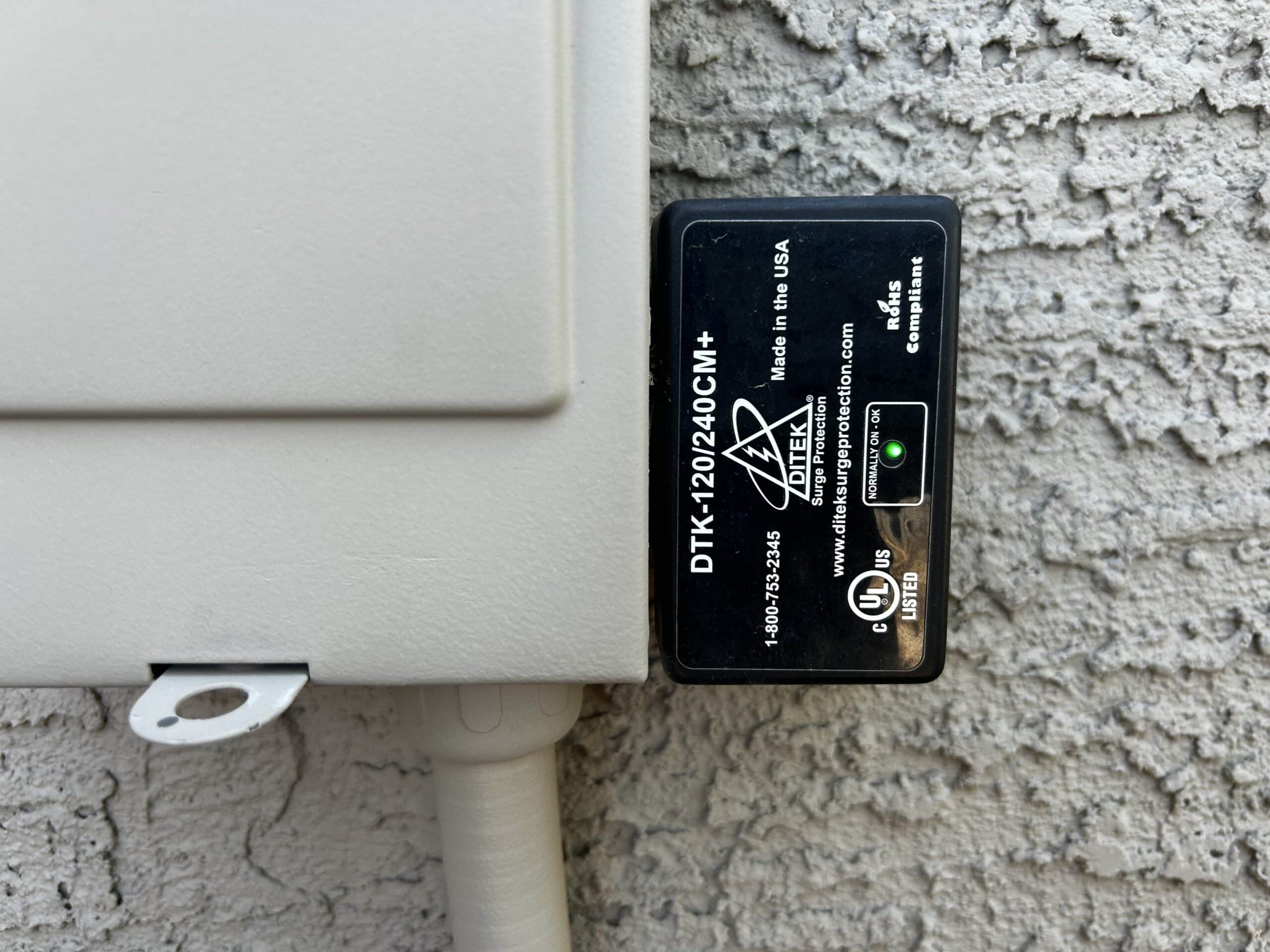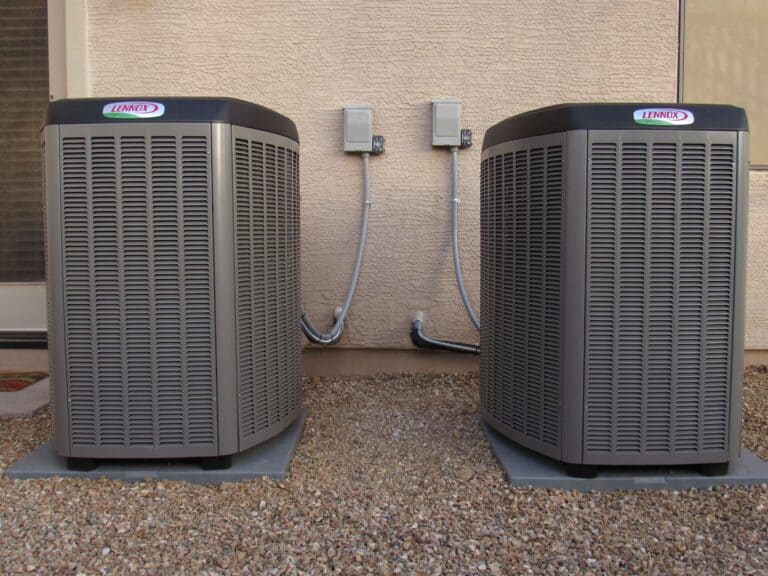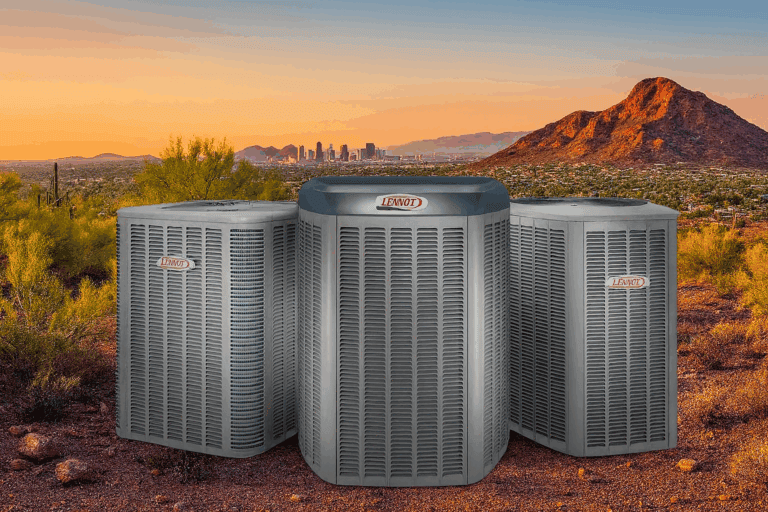Appliance surge protection – a cautionary tale!
TL;DR (Too Long, Didn’t Read) Quick Summary
Want to keep your AC, fridge, or washer from frying during a storm? Here’s the short version:
⚡ Power surges can destroy appliances — I just lost a fridge after back-to-back outages.
🧠 Appliance-specific surge protectors are a must — especially for modern units with circuit boards.
🏠 I also added whole-home protection for added peace of mind.
🔌 Products I recommend: Refrigmatic for refrigerators, Lavamatic for washers/dryers, and Ditek for AC units.
👷 I’m an electrician, but for whole-home protection, I’d still recommend most people call a licensed pro.
Ready for the full story and all the tips? Keep reading …
A Harsh Reminder from a Dead Fridge
I recently replaced my refrigerator after a couple of back-to-back power outages killed the compressor. It was a great LG fridge with years of life left in it — until the power flickered, and that was all she wrote. Click-click-click. No cold air. Dead compressor.
Turns out I probably could’ve saved it with a $27 surge protector. Yep. That stings.
What’s worse is — I should’ve known better. I do know better.
Let me explain.
I’ve Seen This Movie Before … With My AC
Many years ago, when I was living in Mesa, I learned this lesson the first time — on my home’s AC system.
Back then, surge protection wasn’t really a thing for air conditioners. Most units were single-stage and didn’t have the sensitive circuit boards we see today.
Ironically, one of my suppliers had given me a sample of a “new product on the market” — a surge protector made specifically for HVAC equipment. I tossed it on my workbench to install later. And it sat. And sat. Then it sat some more.
Then a summer storm rolled in. The power flickered, the unit died, and when I opened it up — let’s just say the magic smoke had left the building.
It would’ve probably lasted a few more years. But just like my fridge, it was toast.
That was the last time I left a surge protector sitting in the garage.
We now install surge protection on every AC system we sell — and I’ve had them on my home systems ever since.
Appliance-Level Protection vs. Whole-Home
Today’s appliances — especially high-efficiency models — are packed with circuit boards. That includes:
- Refrigerators with inverter compressors
- Washers and dryers with fancy controls
- AC units and mini-splits
- Dishwashers and microwaves
A single surge can take them all out.
You have two options:
1. Appliance-Level Surge Protectors
Think of these as plug-and-play. They go between the appliance and the wall. Super easy.
- Refrigerators: Refrigmatic
- Washers/Dryers: Lavamatic (same 2-pack, different ratings)
- AC Units: We recommend and use Ditek DTK-120/240CM+ (mounted at the fused disconnect — see photos below)**
- ** Unlike the Refrigmatic and Lavamatic which plug directly into your wall outlet, the Ditek DTK-120/240CM+ is hardwired into the line voltage of your air conditioner or heat pump. I highly recommend you call a professional HVAC company for this installation.
2. Whole-Home Surge Protection
This installs at your main electrical panel and protects the entire home from voltage spikes.
After the fridge incident, I added one to my home too. I’m protecting everything every which way but Sunday now. Lesson learned.
Now here’s where I should probably insert another disclaimer…
“Can I Install This Myself?”
As it happens, I’m an experienced electrician with over 30-years of experience. I graduated from trade school a very long time ago where I earned my degree in Electro-Mechanical Technologies and Electrical Systems. In addition, I hold multiple Arizona contractor licenses in HVAC and Remodeling. That means I can legally and safely install things like a whole-home surge protector. It’s what I’ve been doing my entire adult life.
But this is not a DIY project for the average homeowner.
Unless you’re licensed and/or highly experienced with electrical work, I strongly recommend hiring a professional. Sure — for me, it was just the cost of the part. But if I didn’t have the licenses and experience, I absolutely would’ve hired someone. Especially after shelling out $2,000 on a replacement fridge. It’s a small price to pay for peace of mind.
Photos: What Appliance Surge Protection Looks Like
Here’s how we protect HVAC systems here in sunny Arizona:
📸 My Gree Mini Split — Protected with Ditek surge protector at the disconnect box.
📸 Dual Lennox AC Units — Same deal, each with their own dedicated protector.
These little boxes can save thousands — and a whole lot of summer misery.
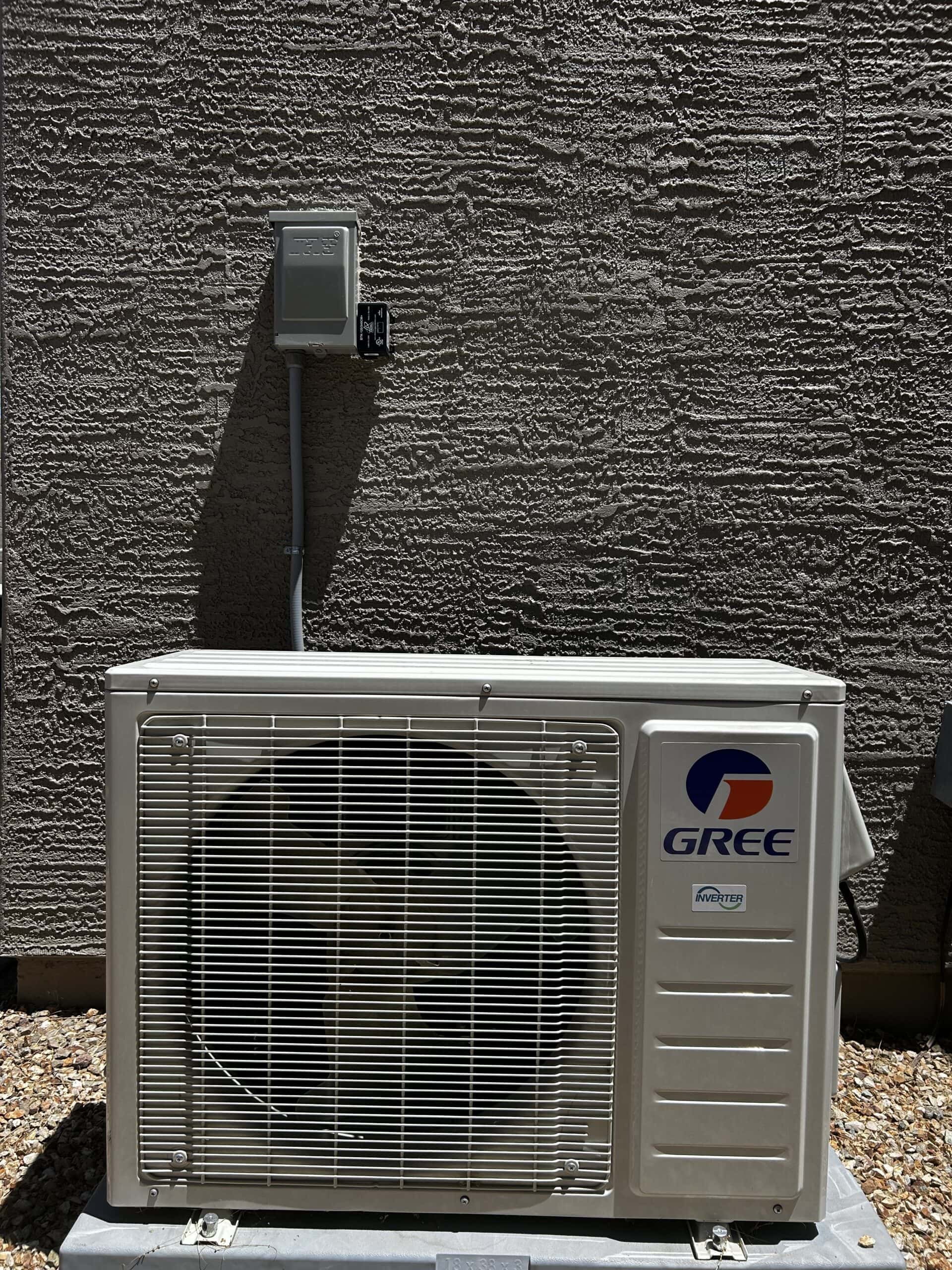
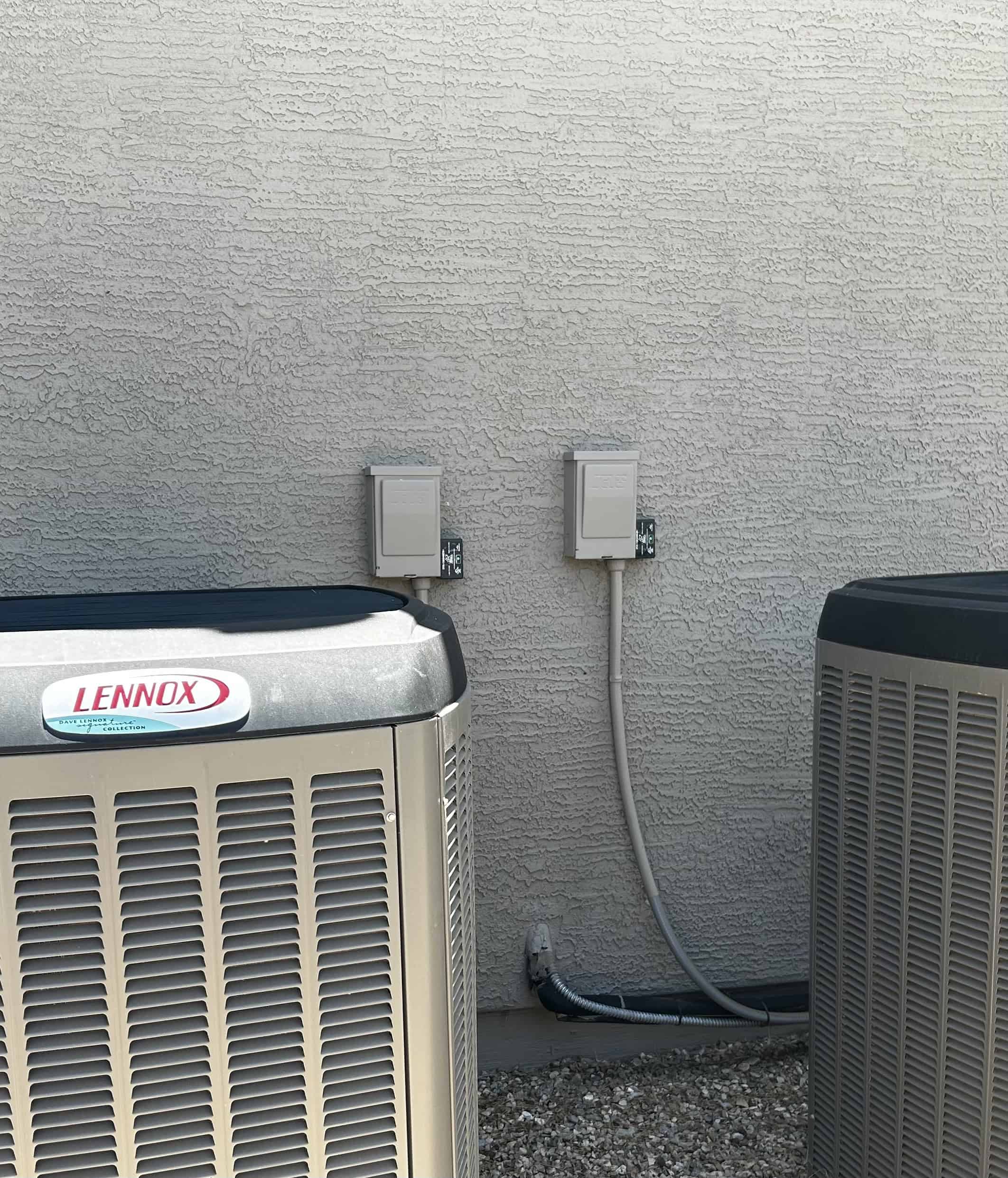
Final Thought: Don’t Wait for Lightning to Strike
We install surge protection on every new AC system we sell. But this isn’t a sales pitch — it’s a PSA.
We don’t offer surge protection for appliances as a stand-alone service (except for HVAC systems and electric fireplaces). I’m sharing all of this as someone who’s learned the hard way (twice!) and wants to help homeowners avoid the same mistake.
If you’re in the East Valley — Gilbert, Mesa, Chandler, Queen Creek — and:
- Unsure what protection (if any) your home already has
- You’re upgrading appliances or HVAC equipment
- Or just want to make sure your next power flicker doesn’t fry your fridge…
Talk to a licensed electrician, HVAC contractor, or fireplace contractor. It’s worth it!
And if you’re getting a new HVAC system? Make sure your contractor includes surge protection. If you’re in the Phoenix area – just call us. We install surge protectors on air conditioners, heat pumps, and furnaces every day – even if we didn’t install your equipment.
They’re not a ‘nice-to-have’ anymore. They’re a ‘must have‘!
Can We Help with Your AC & Heating Problems or a Fireplace / Fire Pit?
Feel free to reach out — or better yet, schedule to swing by our Mesa fireplace showroom (by appointment only). We love helping our neighbors stay comfortable, safe, and informed.

